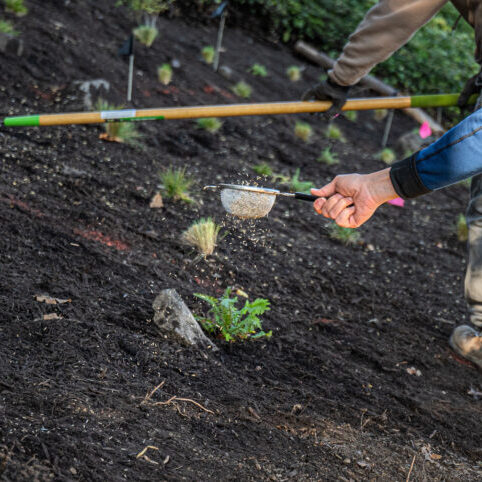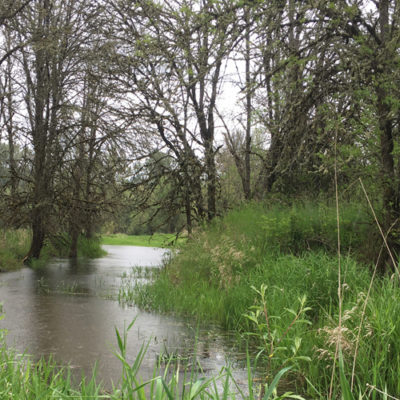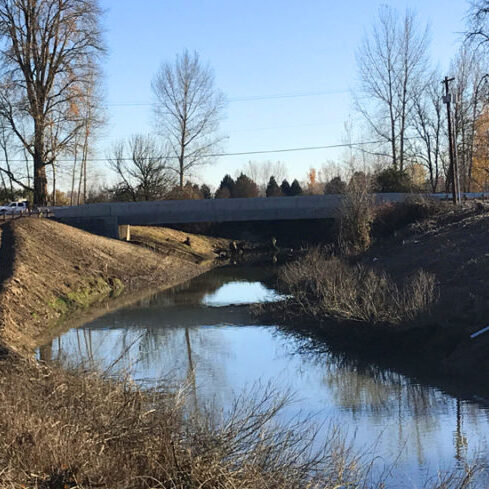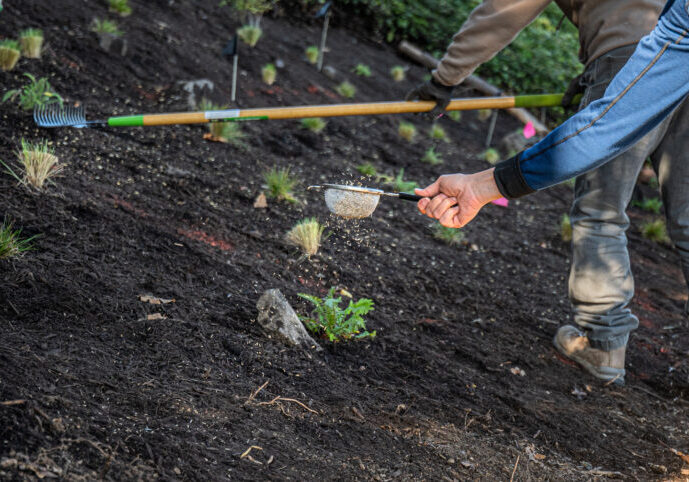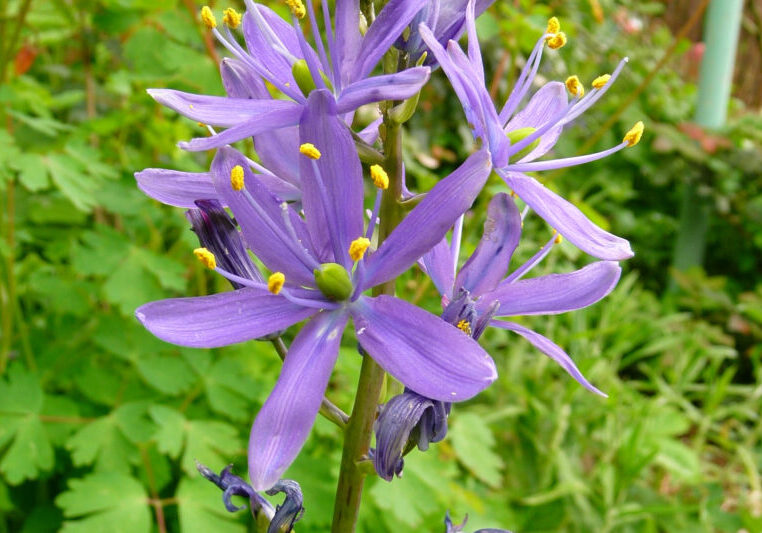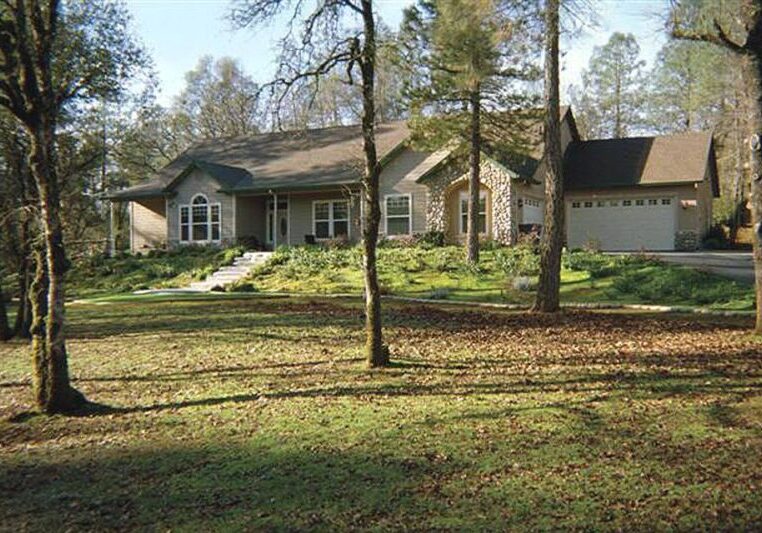Climate Change
Conservation Priorities
Heat island effect
With warming global temperatures, the intensity of the heat island effect in urban areas is expected to increase in the future. Structures such as buildings and roads absorb and emit the sun’s heat more than natural landscapes. These pockets of heat have many negative, and sometimes dangerous, effects on humans and wildlife.
The hard truth:
-
Breaking records
The summers of 2021 and 2022 were among the hottest on record in Portland. [1]
-
Air temperature discrepancies
How we can help:
-
Help communities
We are partnering with local organizations to help communities prepare, adapt, and become more resilient in the face of climate change.
Learn More
Drought and heat
Climate change has increased drought and summer temperatures in many parts of the world, including the Pacific Northwest. Temperatures over the last two decades have been increasingly hotter and extreme than in previous decades. This is leading to dry soils, stressed and dying plants, and water shortages.
The Willamette and Columbia Rivers, and the salmon and steelhead that migrate through these rivers, are not immune to the impacts of climate change. Reduced snowfall leads to drier forest soils and less water in creeks and rivers. Come summer, rivers become shallow and warm which is deadly for fish.
The hard truth:
-
Years
According to the U.S. Drought Monitor, most of Oregon has been in a drought since 2012. [4]
-
Trees are dying
Forest experts are seeing western redcedar (Thuja plicata) trees dying in areas where they should be thriving, such as along streams and in shaded areas. [5] Other streamside plants, like red alder (Alnus rubra) or willow (Salix sp.), are also dying from drought.
-
Harmful pests and diseases are moving in
Pests and diseases are moving into our local environments, where they were not before. They are causing harm to increasingly stressed plants and animals that were once better able to resist disease.
How we can help:
-
Choose native plants
Planting native plants and protecting healthy soil are key features in all of our restoration and conservation projects. Plants help sequester carbon and lower air temperatures.
Learn More -
Healthy soil
Healthy soil holds moisture longer, and helps keep ecosystems healthier. Learn about our soil health services.
Learn More
Wildfire risk
Oregon’s Willamette Valley was historically adapted to wildfire with the help of land care practices of Indigenous people, who kept the low-lying lands mostly free of dense forest. The landscape has since been altered by urban and rural development and more timber-oriented forestry practices, which include wildfire prevention.
The hard truth:
-
Parched landscapes
Hotter and drier summers and long periods of drought now create parched landscapes. This leaves forests, homes, and other structures across the state in greater danger of wildfire. Increasing extreme-wind events carry fire farther and wider than in the past.
How we can help:
-
Promote new FireWise communities
-
Forest stewardship
We can provide strategies for your forest to increase its health, biodiversity, connectivityConnectivity the degree to which patches of landscape are connected, either helping or impeding animal movement and other ecological processes like the flow of water or dispersal of seeds, and resiliency. Create a forest stewardship plan to minimize the spread and impacts of wildfire.
Learn More -
Prepare your landscape for wildfire
Learn how to prepare your landscape for wildfire and choose fire-resilient and -resistant plants. Check pages 4-6 of this City of Portland flyer.
Learn More
Flooding
Changing weather patterns are bringing more intense storms and atmospheric riversAtmospheric rivers A band of clouds that moves through the atmosphere capable of carrying and dropping massive amounts of rain. This is leading to more severe flooding. Caring for riparian areasRiparian areas The land alongside a creek, river, pond, or other body of water along creeks and waterways is important to help manage flood water and reduce erosion.
How we can help:
-
Our Streams & Wetland services
Related services
Find out if you're in our service area.
Related services to help you with climate change issues:
Staff contact
Michelle Delepine
Conservationist & Invasive Species Program Coordinator
Contact me about:
Invasive speciesKammy Kern-Korot
Senior Conservationist
Contact me about:
Oregon oak, savanna, wetlands and riparianRiparian areas The land alongside a creek, river, pond, or other body of water habitats; Emerald Ash and Mediterranean Oak Borers; conservation planning and native plantings for pollinators and other wildlife on rural lands.Scott Gall
Farm & Soil Conservationist
Contact me about:
Soil health; Farms and livestock; Equity and inclusionLaura Taylor
Forest Conservationist
Contact me about:
Forest and woodland health; Wildfire risk in rural forests; Plants; Pollinators.